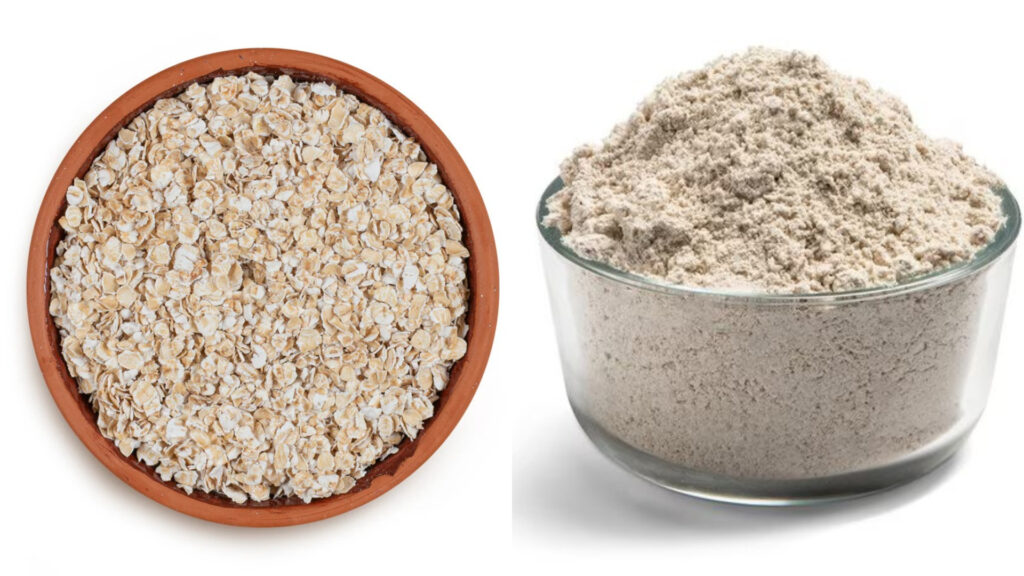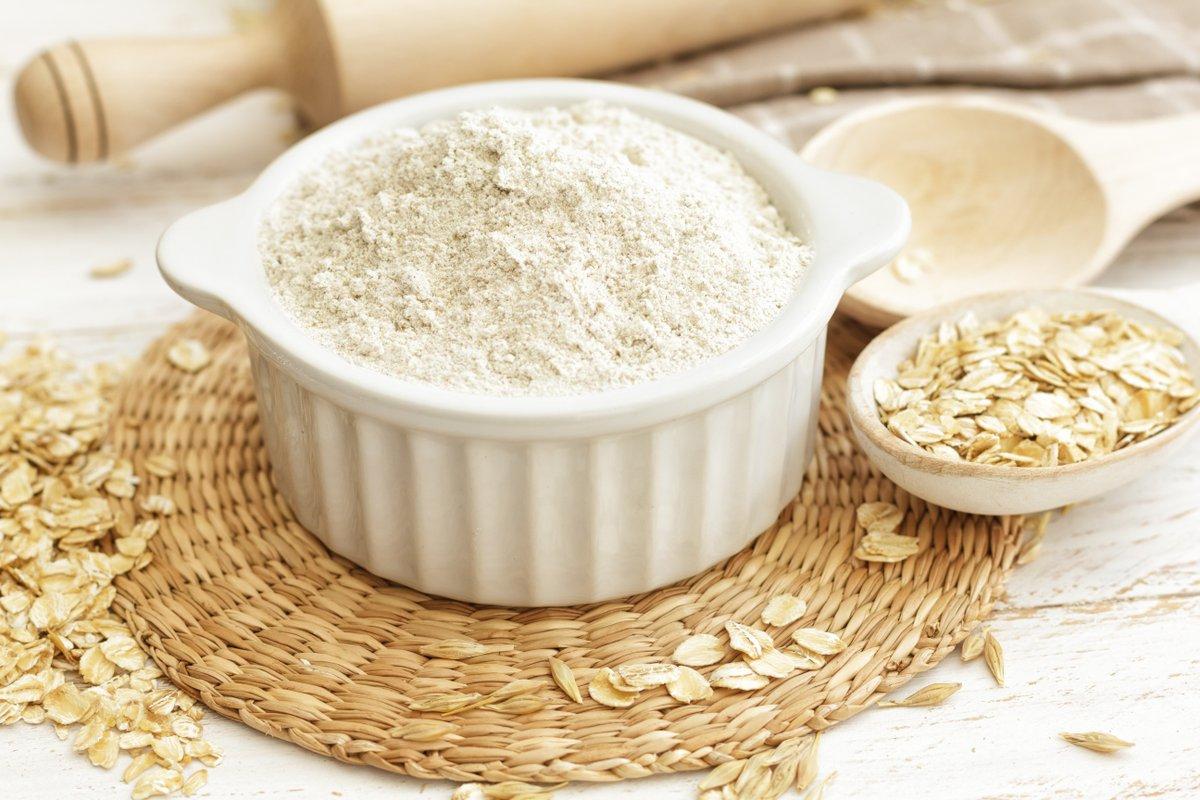When you think of baking, what comes to mind? All-purpose flour, right? It’s a staple, a go-to for countless recipes. But what if there was an alternative that offered a host of nutritional benefits, a subtle, nutty flavor, and a wonderful texture? Enter oat flour, the unassuming hero of wholesome baking.
Oat flour is exactly what it sounds like: oats that have been ground into a fine powder. While it might seem like a simple concept, this humble flour has a lot to offer. From its impressive health properties to its versatility in the kitchen, oat flour is a pantry staple worth getting to know.
The Nutritional Powerhouse: Benefits of Oat Flour
One of the main reasons to embrace oat flour is its exceptional nutritional profile. Unlike refined white flours, oat flour retains the goodness of the whole oat grain, which means you get:
- A Fiber-Rich Champion: Oats are renowned for their high fiber content, particularly a soluble fiber called beta-glucan. This type of fiber is a superstar for heart health. It can help lower bad cholesterol (LDL) and regulate blood sugar levels, keeping you feeling full and energized.
- Gluten-Free Goodness: For those with celiac disease or gluten sensitivity, oat flour is a fantastic, naturally gluten-free alternative. Just be sure to look for certified gluten-free oat flour to avoid cross-contamination during processing.
- Packed with Protein and Minerals: Oat flour is a good source of plant-based protein, which is essential for building and repairing tissues. It also provides a healthy dose of important minerals like magnesium, iron, zinc, and manganese, all vital for a well-functioning body.
- A Source of Antioxidants: Oats contain a unique group of antioxidants called avenanthramides, which have anti-inflammatory and anti-itch properties.
The Science of Baking: Properties of Oat Flour
Baking with oat flour is a unique experience. Its properties differ from wheat flour, and understanding them is key to successful results.
- Absorption: Oat flour is more absorbent than all-purpose flour. This means you may need to adjust the liquid in your recipes. A good rule of thumb is to use about 10-15% more liquid when substituting oat flour for wheat flour.
- Texture and Crumb: Baked goods made with 100% oat flour tend to be denser and moister than those made with wheat flour. They have a softer, more delicate crumb. This is why oat flour works exceptionally well in muffins, quick breads, and cookies where a tender texture is desired.
- Flavor Profile: Oat flour has a wonderfully mild, slightly sweet, and nutty flavor that complements both sweet and savory dishes. It’s not overpowering and adds a depth of flavor that many find more appealing than the neutral taste of white flour.
From Pancakes to Pizza: Uses of Oat Flour
The versatility of oat flour is truly remarkable. While you can’t simply do a 1:1 substitution for all-purpose flour in every recipe, with a few tweaks, you can incorporate it into a wide range of dishes.
- Pancakes and Waffles: This is where oat flour truly shines! It creates light, fluffy, and incredibly tender pancakes and waffles that are perfect for a healthy breakfast.
- Muffins and Quick Breads: Substitute 50% of the all-purpose flour with oat flour in your favorite muffin or banana bread recipe for a boost of fiber and a wonderfully moist texture.
- Cookies: Oat flour gives cookies a soft, chewy texture. It’s particularly great in recipes for oatmeal raisin or chocolate chip cookies.
- As a Thickener: Oat flour is an excellent natural thickener for soups, stews, and gravies. Just whisk it in gradually to avoid lumps.
- Homemade Bread Crumbs: Simply toast oat flour in a pan and use it as a gluten-free and nutritious alternative to traditional bread crumbs for coating chicken or topping casseroles.
- Smoothies: A spoonful of oat flour adds body, fiber, and protein to your morning smoothie.
Making Your Own: The Easiest Flour Ever
The best part about oat flour? You can make it yourself in less than a minute! All you need is a blender or a food processor and some rolled oats.
- Place rolled oats (old-fashioned or quick-cooking) in your blender.
- Blend on high speed until the oats are a fine, flour-like consistency.
- Store in an airtight container in a cool, dry place.

So, the next time you’re in the kitchen, consider reaching for a bag of oat flour or making your own. You’ll be adding a healthy, flavorful, and versatile ingredient to your baking repertoire.
It’s a simple switch that can make a world of difference in your health and your culinary creations.

